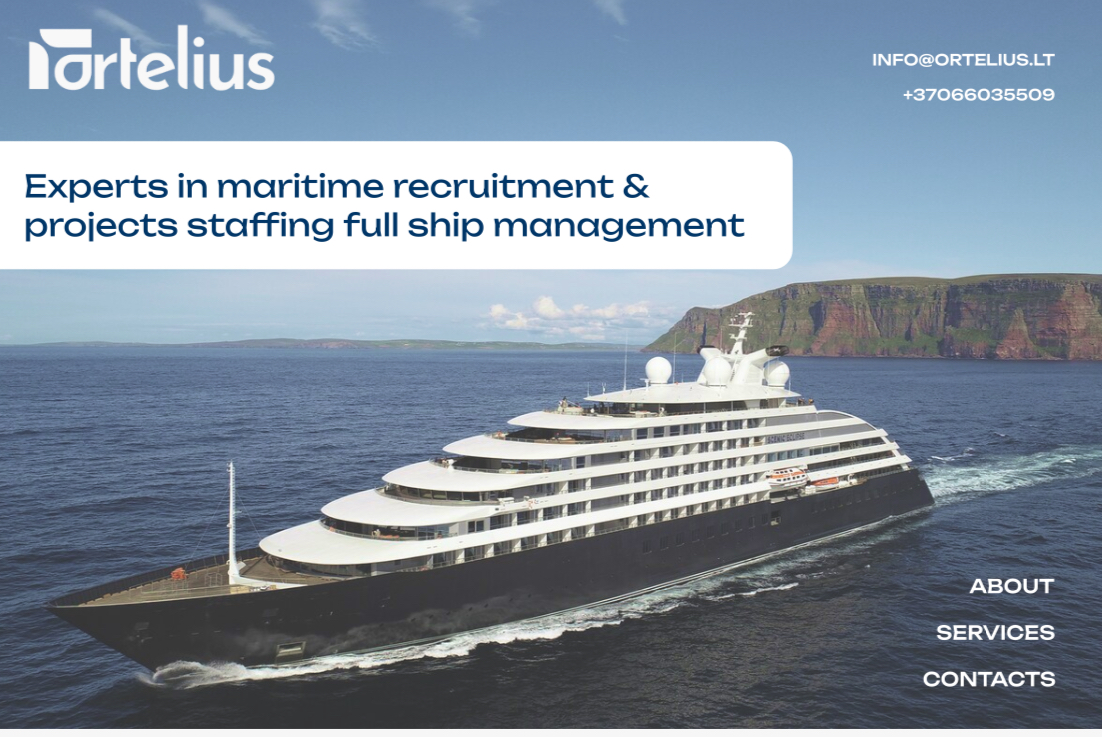Esther Mulu and her large family are no strangers to food shortages from crop failures.
The 69 year old, her seven children and 25 grandchildren all rely on her small farm in Kitui county for food.
According to the African Medical and Research Foundation (AMREF) it’s one of six counties which experiences shortened rainfalls.
Mulu says she has no other source of income and in the past she’s relied on food donations, but these are not always available.
Mulu is concerned her family is facing a drought and now they are reduced to eating one meal per day which is often porridge.
She says: “Now we are facing a drought and we don’t know where to get food. Some time back we used to get food aid but nowadays it’s no longer coming. Now I don’t know whether we will trim our stomachs because we don’t have any more food provisions. Now, we will be taking porridge in the morning and waiting for a big meal in the evening or the following day.”
“If you can do research and invent a technology to end hunger, I will personally be very happy. I will forever be thankful because you have discovered what will end the hunger that is killing people, and their livestock.”
Now researchers from the University of California, with support from Microsoft, are developing an AI tool which aims to help communities prepare for crop failures and prevent cases of malnutrition.
The 2023 drought in the Horn of Africa seriously impacted Kenya.
According to the UN’s World Food Programme, 4.4 million people are affected by “acute food insecurity and approximately 1.1 million women and children facing acute malnutrition”.
Researchers have collected detailed weather patterns and NASA satellite imagery showing vegetation and clinical health records from the past ten years to create computational models which can predict areas of food insecurity.
According to AMREF this tool has been trialled in Kenya since February last year and results show its predictions are accurate over 3 -6 months although figures for this aren’t yet available.
AMREF’s Samuel Mburu is helping to develop the AI software.
He says: “We have looked at historical data for the last 10 years, from different data sources, and helped that to be able to define the number of cases, all the way to the sub-county level. Simply to help allocation of resources ahead of time, so that we can intervene for children under the age of five, to get the nutrition that they need especially at our health facilities.”
AMREF hopes that by alerting communities they can better prepare for food shortages.
The focus has been on six northern and eastern counties which are prone to drought, but now AMREF says its model now covers the country as a whole.
It says health records alone aren’t accurate enough because not everyone is able to access clinical help.
In future AMREF hopes to feed in information gathered at a community level which it hopes will be more accurate.
“We have now the ability to really ingest lots and lots of data and make use of it and bring value. Because data has been used for historical reporting but now we are bringing an opportunity to use it to predict and bring more value to that data. The third component is really resource mobilisation. If we can build a case and build numbers, we can source for resources internally and externally because we can show the need ahead of time. The main shortcoming, I would say, would be cost, especially when it comes to cloud environments. For this particular instance, we did get generous sponsorship from Microsoft but obviously the cost implications of taking advantage of artificial intelligence, such as what we are working on,” says Mburu.
He says county officials will also be able to prepare for food insecurity.
“What would happen is that cases are reported of different malnutrition levels and then the resources would be provided to help such as food packs, for the children to improve their malnutrition. With the new technology that we are bringing onboard, we can be able to do 3 months or 6 months prediction of the number of cases that will be at the facility level and mobilise the resources beforehand. That ensures that we actually meet the needs of the community because they are vulnerable in terms of food malnutrition cases and we are aware of that ahead of time.”










